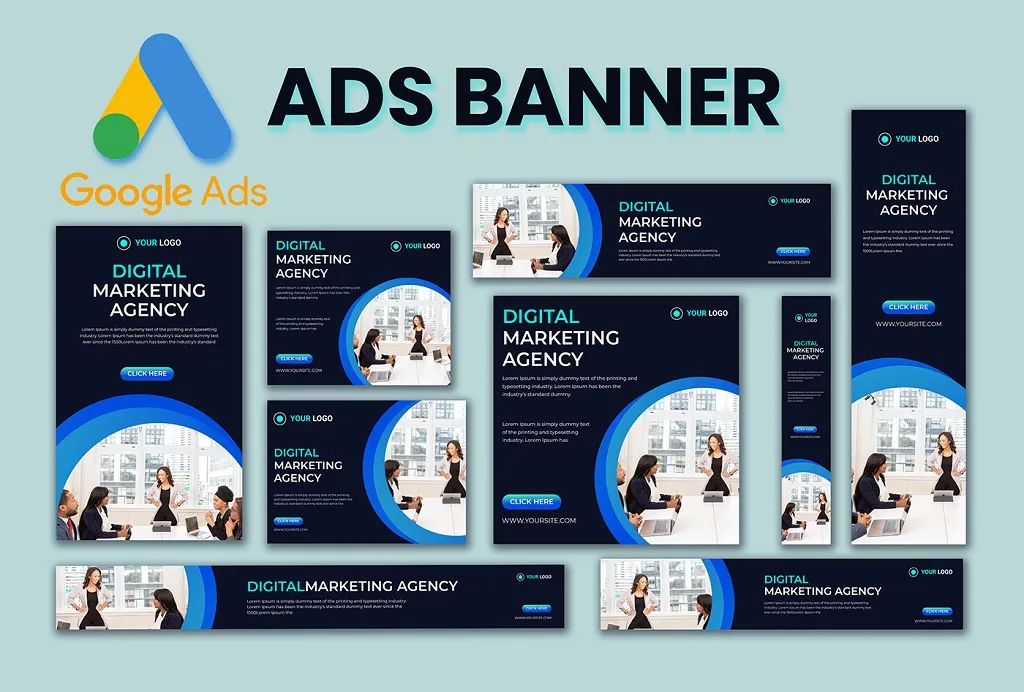
Banner and Display Ads Guide
Banner and display ads are a staple in the world of internet marketing, offering businesses a versatile and effective means of reaching a broad audience. In this guide, we will delve into the essentials of banner and display ads, exploring what they are, how they work, their applications, successful examples, their effectiveness, and their overall value to your marketing strategy.
What is Marketing?
Marketing is the strategic process of promoting and selling products or services to meet consumer needs and preferences. It involves understanding customer behavior, identifying target audiences, and creating compelling messages that resonate with potential buyers. The ultimate goal of marketing is to drive sales, increase brand awareness, and build long-term customer loyalty.
In the context of digital marketing, various techniques and tools are employed to engage with online users. These include search engine optimization (SEO), content marketing, email campaigns, social media marketing, and, of course, banner and display ads. Each of these elements plays a crucial role in crafting a comprehensive digital marketing strategy that effectively reaches and converts leads into customers.
How It Works and Why It Is Used
Banner and display ads work by embedding advertisements within web pages, typically in the form of images, videos, or interactive media. These ads can appear in various formats, including static images, animated graphics, and rich media ads that incorporate interactive elements. The placement of these ads is often managed through ad networks or platforms like Google Ads, which help in targeting the right audience based on demographics, interests, and online behavior.
The primary reason businesses use banner and display ads is their ability to capture attention quickly and drive immediate engagement. Unlike other forms of advertising that require more time to convey a message, display ads deliver concise and visually appealing content that can prompt users to take action, such as clicking through to a website or making a purchase. This makes them particularly effective for raising brand awareness and generating leads in a short period.
What It Is Used For
Banner and display ads serve several purposes in a digital marketing strategy. Firstly, they are excellent tools for brand awareness. By consistently displaying your brand’s message across various websites, you can increase visibility and reinforce your brand identity among potential customers.
Secondly, these ads are used for retargeting. This involves showing ads to users who have previously visited your website but did not convert. Retargeting helps in re-engaging these visitors and encouraging them to complete their intended actions, such as making a purchase or signing up for a newsletter.
Lastly, banner and display ads are effective for driving direct conversions. With well-designed ads that feature compelling calls to action (CTAs), businesses can guide users towards making a purchase or taking another desired action directly from the ad itself, thereby shortening the sales funnel.
Successful Examples of How It Works
One successful example of banner and display ads in action is the campaign run by the online retailer, Amazon. They use personalized display ads to recommend products to users based on their browsing history and past purchases. This tailored approach significantly increases the likelihood of conversions, as the ads are highly relevant to each user.
Another example is the Coca-Cola “Share a Coke” campaign, which utilized display ads to promote personalized Coke bottles. The ads encouraged users to find their names on Coke bottles, generating massive engagement and social sharing, ultimately boosting sales and brand loyalty.
Additionally, Airbnb’s display ad campaigns have been highly effective. They use vibrant and attractive visuals to showcase unique travel experiences, enticing potential travelers to explore their offerings. This visual storytelling approach helps in creating a strong emotional connection with the audience.
Finally, Nike’s display ads often feature high-quality images and videos of their products in action, combined with motivational messaging. This strategy not only highlights the product features but also aligns with the brand’s ethos of inspiring and empowering athletes and fitness enthusiasts.

How Effective
The effectiveness of banner and display ads can be measured through various metrics, including click-through rates (CTR), conversion rates, and return on investment (ROI). A high CTR indicates that the ad is engaging and compelling enough to prompt users to click. Conversion rates show how many of those clicks result in a desired action, such as a purchase or sign-up.
Moreover, the use of advanced targeting options, like demographic targeting, geographic targeting, and behavioral targeting, enhances the effectiveness of display ads by ensuring they reach the most relevant audience. This precision targeting leads to higher engagement and conversion rates, making the ads more cost-effective.
Additionally, retargeting campaigns have proven to be particularly effective, as they focus on users who have already shown interest in the brand. These users are more likely to convert, resulting in a higher ROI for the campaign.
As Far as It Makes Sense
While banner and display ads offer numerous benefits, it is crucial to use them judiciously within your marketing strategy. Overloading users with too many ads can lead to ad fatigue and decreased effectiveness. Therefore, it is important to balance ad frequency and ensure that the ads are not intrusive or disruptive to the user experience.
Investing in high-quality ad creatives and testing different ad formats can also enhance the performance of your display campaigns. A/B testing allows you to identify which ad elements resonate most with your audience and optimize accordingly.
Ultimately, banner and display ads make sense as part of a diversified marketing strategy. They should complement other marketing efforts, such as SEO, content marketing, and social media engagement, to create a cohesive and comprehensive approach that maximizes reach and impact.
